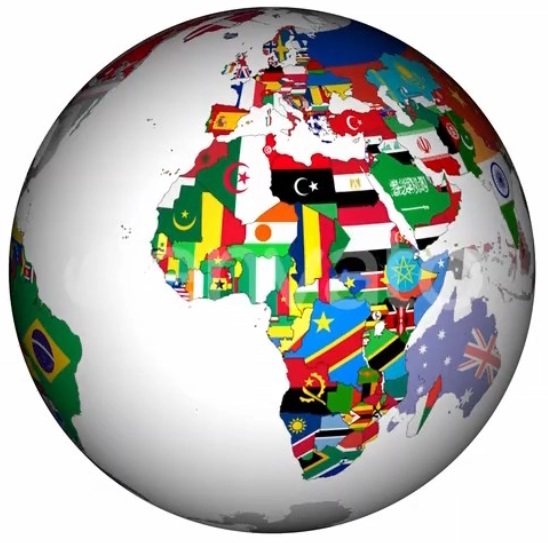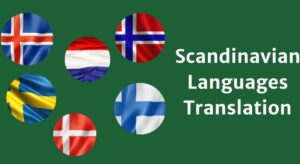If you have an official document to translate from English to Icelandic, then Translation AZ can provide an accurate translation made by natives. The Icelandic language originated from Old Norse. It was brought to Iceland by settlers from Norway and Denmark in the 9th century AD. Icelanders have been speaking it since then. This is a fascinating fact because it means that the language has no written form and that speakers can rely on their memory of speaking and writing it.
Translating a document is a process that is often considered to be tedious and time-consuming. However, the most crucial factor to consider is the impact that the translation of a document will have on its audience.
Translation services can be found in different types of documents: legal, marketing, technical, etc.
• Legal translations are usually required for contracts or agreements between two or more parties.
• Marketing translations are used to communicate with international customers and clients who speak different languages.
• Technical translations are used when there is a need for specialized terms in an industry-specific language or when it’s necessary to translate from one language into another language.
The Icelandic language is difficult for English speakers because of its many variations. It also includes some unique sounds that are not found in other languages. The English to Icelandic translation could be a tedious and challenging task if you weren’t born in a country where this language is spoken.
English to Icelandic – The History of the Icelandic Language
The Icelandic language is an extremely old language that approximately 350,000 people speak. It has a complicated grammar and vocabulary.
The Icelandic language was first written down in the 13th century and its history goes back to the 9th century. It was written in runes, but then it was later replaced by Latin script.
Icelandic has no official standardization and is not taught as a foreign language in schools.
The Icelandic language is one of the oldest languages in Europe. It is also one of the most challenging languages to learn and speak. The history of this language can be traced back to the year 874 AD when a group of monks first wrote it down in Iceland.
Icelandic was made up of two separate languages – Old Norse and Old Icelandic – spoken from around 800 AD until 1362 AD when they merged into a single language called Middle Icelandic.
Icelandic is a language that has been around for over 1000 years. The wording of its neighbouring countries has influenced it and has adapted to their needs.
The Icelandic language is not just a language; it is a culture. When the first settlers arrived in Iceland, they brought their cultural traditions and values that have shaped Icelandic society as we know it today.
After Iceland was settled by Norsemen in 930 AD, the Norse language became dominant in Iceland for about 400 years until 1250 AD, when the country was finally Christianized, and Latin became dominant.
This led to a decline of the Norwegian-based Old Norse dialect and eventually led to an evolution of Icelandic into its current form.
The First Written Languages in Iceland – Old Norse and Gothic
Iceland has a rich history with many interesting facts and stories. Iceland is the only country in the world that Vikings have never invaded, and it is also the only country in which Old Norse, the first written language, was used.
The first written language of Iceland was Old Norse. It was created around 870 AD by a group known as Vikings who settled on Iceland. They brought with them their alphabet, which they used to develop their language.
The Goths were another group of people who settled in Iceland around 800 AD, and they also brought their alphabet to create their language called Gothic.
Because neighbouring nations and tourists have least impacted it, Icelandic is the most comparable to the old Norse language. The national language of Iceland is Icelandic, and as the Icelandic economy recovers from the 2008 financial crisis, the need for Icelandic translation services is fast expanding.
The language’s homogeneity, or lack of dialects, is one of its distinguishing features.
English to Icelandic – Translation AZ
Translation AZ offers professional English to Icelandic translations made by experts. The proficiency of the vocabulary, grammar and syntax are fundamental in any translated documents, and this is ensured by the fact that we work with native translators for Icelandic. Our translators are all native speakers of the target language and have at least five years of experience and academic certifications in Icelandic translation and interpreting.
We keep the information and data given by our client’s privacy, and we tailor our Icelandic to English – English to Icelandic translation services to each client’s requirements.











